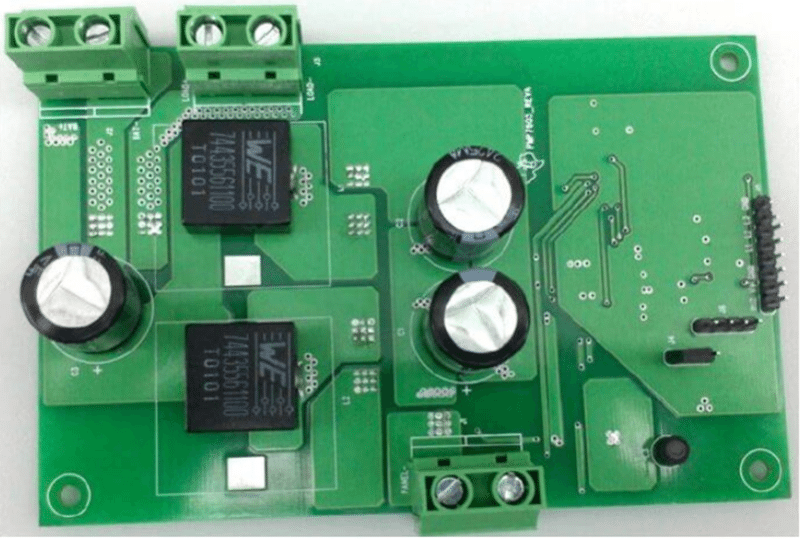A solar charge controller prevents overcharging of batteries from solar panels. It functions by regulating the voltage and current coming from the solar panels and going to the batteries. To increase solar charging, many controllers follow Maximum power point tracking (MPPT) technique to calculate the maximum power out of the solar panel at any instant of time and accordingly, harvest the power coming from the panels.
Mentioned below are reference designs of some solar charge controllers that implement a Maximum Power point tracking algorithm to charge the battery by taking power from the solar panels. Let’s take a look.
Flexible MPPT Solar Charge Controller for upto 48V systems:

This reference design explains a 20A Maximum Power Point Tracking (MPPT) solar charge controller targeted for small and medium power solar charger solutions. The design is flexible and supports inputs from both 12V and 24V solar panels and can charge 12V/24V batteries with up to 20A output current. The design can easily be configured for a system voltage of 48V and a system current of 40A. This is possible by changing the MOSFETs to 100V rated parts and using the TO-220 package version of same MOSFETs. The design includes configurable features like reverse battery protection, software programmable alarms and hardware indications. The design has an operating efficiency of above 96 per cent at full load in both 24V and 12V systems. The form factor of the board is kept small. More on this Reference Design
Solar Power MPPT Controller for 12V/24V systems:
The design explains a Maximum power point tracking (MPPT) solar controller that can charge 4 batteries in series or parallel. The design is flexible for use with 10W to 30W Solar Panels and can be used in parallel with other systems. The solar controller efficiency operates at 88 per cent for the 12V system and 91 per cent for the 24V system. The design takes an example of an off grid solar streetlamp system consisting of high power LEDS, a lead acid battery, a solar controller, and a solar panel. For a 30W solar controller connected to a 30W solar panel and loaded with a battery type constant voltage load, the error in finding the maximum power point is less than 5 per cent. More on this Reference Design





